Bread of Life…Culture of Death
Two essential aspects of Eucharistic piety grew in the centuries following the institution of the Feast of the precious Body and Blood of Jesus. First is the devotion to Jesus truly and substantially present in the Most Blessed Sacrament as a personal friend. Christians would kneel before our Eucharistic Lord pouring their hearts out in silent adoration and supplication. They found intimacy with Our Lord and so consolation and peace. The second is the “royal progress,” more commonly called a Eucharistic Procession. Christians modeled this form of celebration on the ceremonial of earthly kings and rulers who would visit the various localities of their dominions amid great pomp and circumstance. Accordingly, the Corpus Christi procession is a royal celebration of Jesus Christ, King of king and Lord of lords. Christ’s faithful, who often were at odds with their worldly rulers, would thus show their faith and allegiance to Christ the King enthroned under an ornate canopy in a beautifully gilded and jeweled monstrance. As Jesus was proudly processed down streets duly decorated, the faithful publicly witnessed to their hope in an eternal, celestial kingdom far greater than any earthly province or power—which brings us back to the question of relevance we began with. What does this mean for us today?
To answer our question, we must first understand the relevance of Eucharistic devotion in the lives of our ancestors whose pious example comes to us across the ages. We must first appreciate that Eucharistic piety grew as the Church experienced centuries of troubled times. Consider the severe tensions between the state and the Church that resulted from the Pope’s refusal to allow secular kings to name and invest new bishops. One must also acknowledge the not infrequent cases of clergy scandal. At the same time, Christianity was under attack from Islamic invaders which led to the crusades. Certain heretical groups such as the Cathari and the Waldensians denied that the Eucharist is really Jesus. Amidst such struggles in the 14th and 15th Centuries, Eucharistic devotion was an expression of the Church’s constant faith and confidence in Jesus’ Real Presence—that He indeed “remains with us” until the end of time.
The innovations of 16th Century Protestantism denied certain points of authentic Christian teaching as revealed by Jesus. This caused the Church to reiterate the sublime truths about the Blessed Sacrament and led to the practice of Eucharistic “Forty Hours” devotions. In fact, the great Saints of the counter-reformation all practiced and promoted such devotions. All Christ’s faithful found in the Eucharist the eternal font of grace and spiritual strength in those trying times.
The 17th and 18th Centuries were a time that great churches and shrines were built where the faithful could honour and adore our Eucharistic Lord. But the 19th Century was a time of severe persecution for Catholics in Spain and in France during the French Revolution. Eucharistic piety then took on a dimension of reparation. The most striking example of this was the erection of the majestic Sacred Heart Basilica high above Paris on Montmartre where there has been perpetual adoration since the 1870’s. Even the allied bombing of Paris did not interrupt the devout prayers of the faithful at the basilica! Who would dare question the relevance of Eucharistic devotion for those prayer warriors?
Two essential aspects of Eucharistic piety grew in the centuries following the institution of the Feast of the precious Body and Blood of Jesus. First is the devotion to Jesus truly and substantially present in the Most Blessed Sacrament as a personal friend. Christians would kneel before our Eucharistic Lord pouring their hearts out in silent adoration and supplication. They found intimacy with Our Lord and so consolation and peace. The second is the “royal progress,” more commonly called a Eucharistic Procession. Christians modeled this form of celebration on the ceremonial of earthly kings and rulers who would visit the various localities of their dominions amid great pomp and circumstance. Accordingly, the Corpus Christi procession is a royal celebration of Jesus Christ, King of king and Lord of lords. Christ’s faithful, who often were at odds with their worldly rulers, would thus show their faith and allegiance to Christ the King enthroned under an ornate canopy in a beautifully gilded and jeweled monstrance. As Jesus was proudly processed down streets duly decorated, the faithful publicly witnessed to their hope in an eternal, celestial kingdom far greater than any earthly province or power—which brings us back to the question of relevance we began with. What does this mean for us today?
To answer our question, we must first understand the relevance of Eucharistic devotion in the lives of our ancestors whose pious example comes to us across the ages. We must first appreciate that Eucharistic piety grew as the Church experienced centuries of troubled times. Consider the severe tensions between the state and the Church that resulted from the Pope’s refusal to allow secular kings to name and invest new bishops. One must also acknowledge the not infrequent cases of clergy scandal. At the same time, Christianity was under attack from Islamic invaders which led to the crusades. Certain heretical groups such as the Cathari and the Waldensians denied that the Eucharist is really Jesus. Amidst such struggles in the 14th and 15th Centuries, Eucharistic devotion was an expression of the Church’s constant faith and confidence in Jesus’ Real Presence—that He indeed “remains with us” until the end of time.
The innovations of 16th Century Protestantism denied certain points of authentic Christian teaching as revealed by Jesus. This caused the Church to reiterate the sublime truths about the Blessed Sacrament and led to the practice of Eucharistic “Forty Hours” devotions. In fact, the great Saints of the counter-reformation all practiced and promoted such devotions. All Christ’s faithful found in the Eucharist the eternal font of grace and spiritual strength in those trying times.
The 17th and 18th Centuries were a time that great churches and shrines were built where the faithful could honour and adore our Eucharistic Lord. But the 19th Century was a time of severe persecution for Catholics in Spain and in France during the French Revolution. Eucharistic piety then took on a dimension of reparation. The most striking example of this was the erection of the majestic Sacred Heart Basilica high above Paris on Montmartre where there has been perpetual adoration since the 1870’s. Even the allied bombing of Paris did not interrupt the devout prayers of the faithful at the basilica! Who would dare question the relevance of Eucharistic devotion for those prayer warriors?

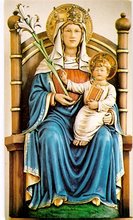

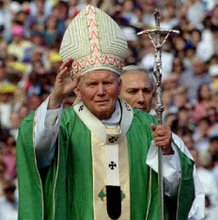
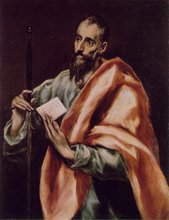
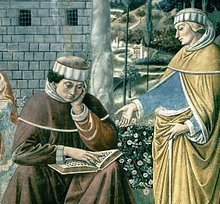
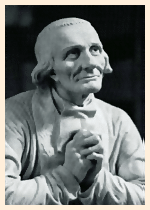




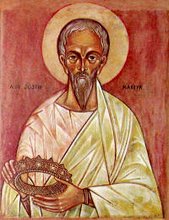

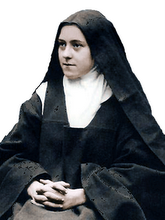
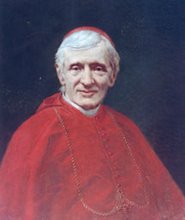
1 comment:
Always a lot to meditate on...thankyou...
Post a Comment